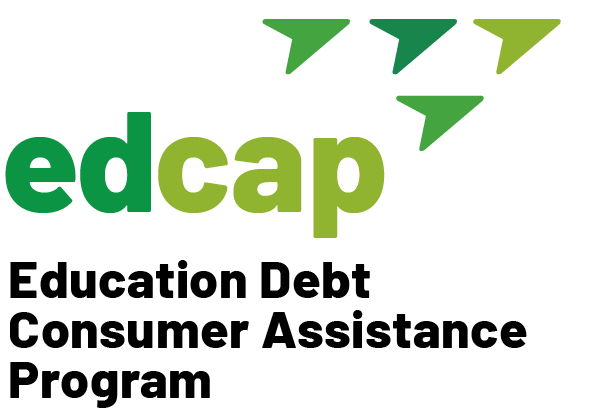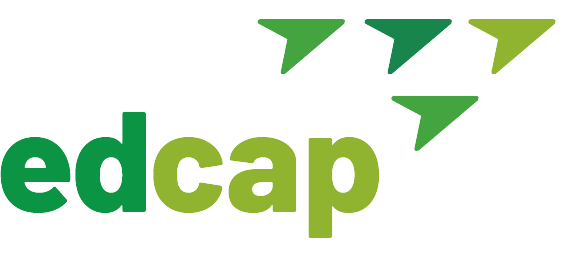What is FAFSA?
The Free Application for Federal Student Aid (FAFSA) is the gateway to federal financial aid for college or career school. It’s a crucial first step in the financial aid process and serves as the foundation for determining your eligibility for grants, scholarships, work-study programs, and federal student loans.
Why FAFSA Matters
Completing the FAFSA opens doors to various forms of financial aid, including grants that don’t require repayment. This financial support can significantly alleviate the burden of college costs, making higher education more accessible to students from diverse backgrounds.
Key Steps in FAFSA
1. Gather Required Documents
Before starting your FAFSA application, gather necessary documents such as Social Security numbers, tax returns, and bank statements. Having these on hand will streamline the process.
2. Create an FSA ID in Advance
Creating an FSA ID is crucial for both students and any contributing parents. You can create one in advance via studentaid.gov. The FSA ID allows you to access and manage federal student aid, including completing and signing the FAFSA. To create one, you’ll need a valid email address and to set up a username, password, and security questions. This ID is your electronic signature and key to federal student aid websites, so keep it secure.
3. Fill Out the FAFSA Form
Access the FAFSA form online at fafsa.ed.gov and follow the instructions carefully. Provide accurate information about your financial situation and household to ensure your eligibility is accurately assessed.
4. Apply for State Aid
After submitting the FAFSA, access state aid via the “Start your state application” link on the FAFSA confirmation page. Click here to find out about aid available in your state.
New York State residents attending college within the state should apply for the Tuition Assistance Program (TAP) and all other eligible programs, like Excelsior. If you’ve already completed the FAFSA, apply directly through the HESC website for TAP.
5. Submit Your Application Early
The FAFSA for the 2025-2026 academic year will become available on December 1, 2024. Submitting early maximizes your chances of receiving aid, as some funds are distributed on a first-come, first-served basis.
6. Review Your FAFSA Submission Summary Student Aid Report (SAR)
After submitting your FAFSA, you’ll receive a FAFSA Submission Summary outlining the information you provided. Review it carefully for accuracy and make any necessary corrections.
7. Receive Financial Aid Offers
Once your FAFSA is processed, colleges and universities you’ve applied to will send you financial aid offers based on your eligibility. Compare these offers to make informed decisions about your education. Learn more about understanding financial aid award letters and how to compare them.
8. Ask About Institutional Aid
Institutional aid is financial assistance that comes directly from the institution you plan to attend. These include grants and scholarships but can also include institutional loans and work-study programs. Most colleges will only require FAFSA to be eligible, but some will require you to submit a CSS profile or their own institutional form. Be sure to talk to your college about any supplemental aid that might be available to you!








